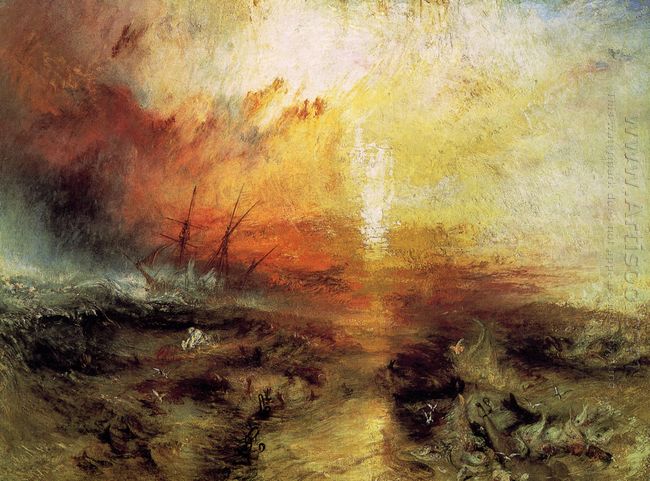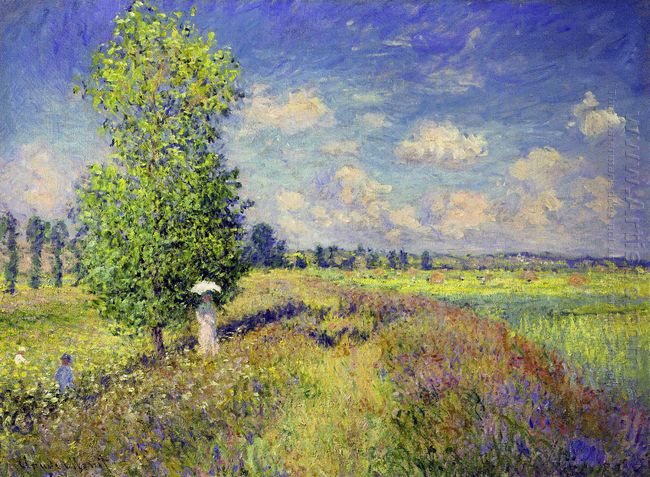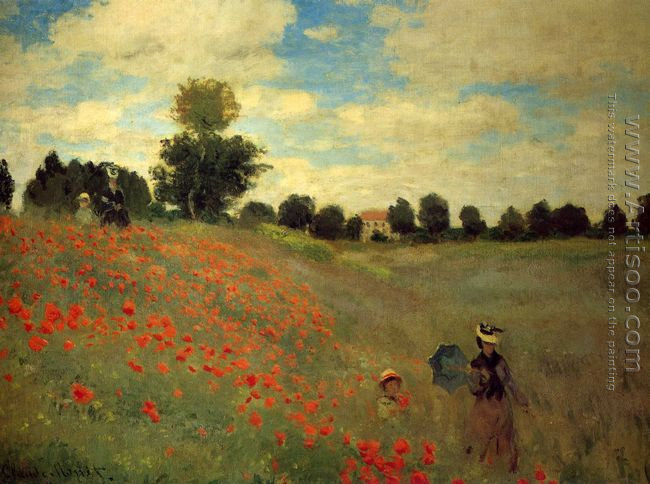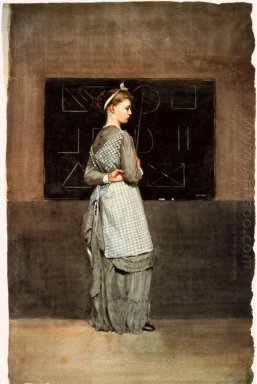The painting Primavera was made by the painter Botticelli according to the Polly Arnold's poetry from 1481 to 1482. This work was in accordance with the poet Polly Zianno's poem: the middle was also a Venus, but the image had more joy than the Venus in the previous painting. On the contrary, three beautiful goddess on the left (Agger Laixi, Seleia, Yau Mei Rossini) were depicted with full of angry: on the edge of the forest, the three goddesses were basking in the sun and hand-in-hand dancing. The one on the right was a symbol of the beauty, the middle one was a symbol of virtuousness, and the left one was a symbol of joy. They would bring the joy of life to the earth. He cut the use of medieval decoration style to show these three feminine images with lines full of rhythm and character's physical beauty with manifests in the line, which was very smooth. In the painting's right side, respectively was the flora, God of spring and God of wind (from left to right), which was a symbol of spring returning to the earth and the blooming natural season was coming soon. What was worth mentioning was that this painting was called "the encyclopedia of flowers". Botticelli drew more than 170 varieties in the "spring", a total of more than 500 flowers, and every flower was carefully crafted by the master, which was so delicate and perfect.
About this theme, there were always the divergent public opinions. Generally, it was the imaginative portray Rome myth in the wake of spring gods, man and nature and harmonious coexistence of the allegory. This work showed Botticelli's fine, clean and unique style, which made its important position in the history of world art. Primavera was based on the myth of Rome. On the left, Mercury wearing the winged boots was dispersing the clouds. Beside him, the touching three Graces were dressed in a gauzy veil and bathed in sunshine, dancing in a happy mood. "Beauty" wore the shinning pearl ornaments, "youth" shyly turned the back, and "happiness" happily twisted the waist. In the mythology of Rome, because Zephyrus could not control his desire for the flora, he raped her. And flora then became a Dryad caloric. The flying amoretto above Venus blindfolded him to shoot her love arrow. Botticelli's artistic achievements was mainly reflected in the elegant style, bright brilliant color and smooth lines as well as the delicate, elegant and poetic style which had influenced several generations of artists and still exuded the charming glory.






